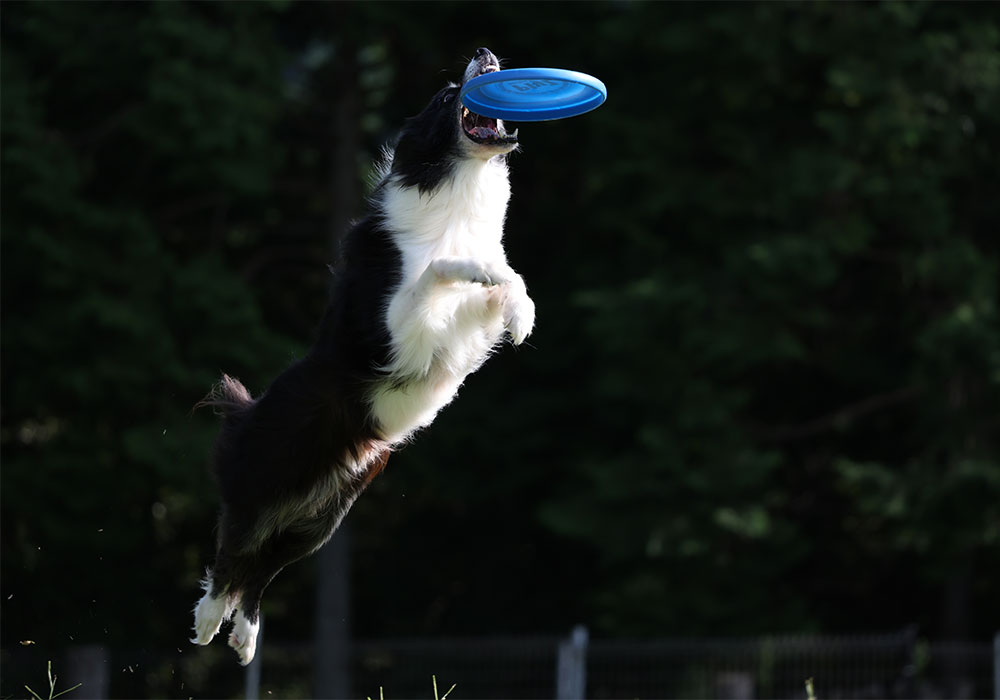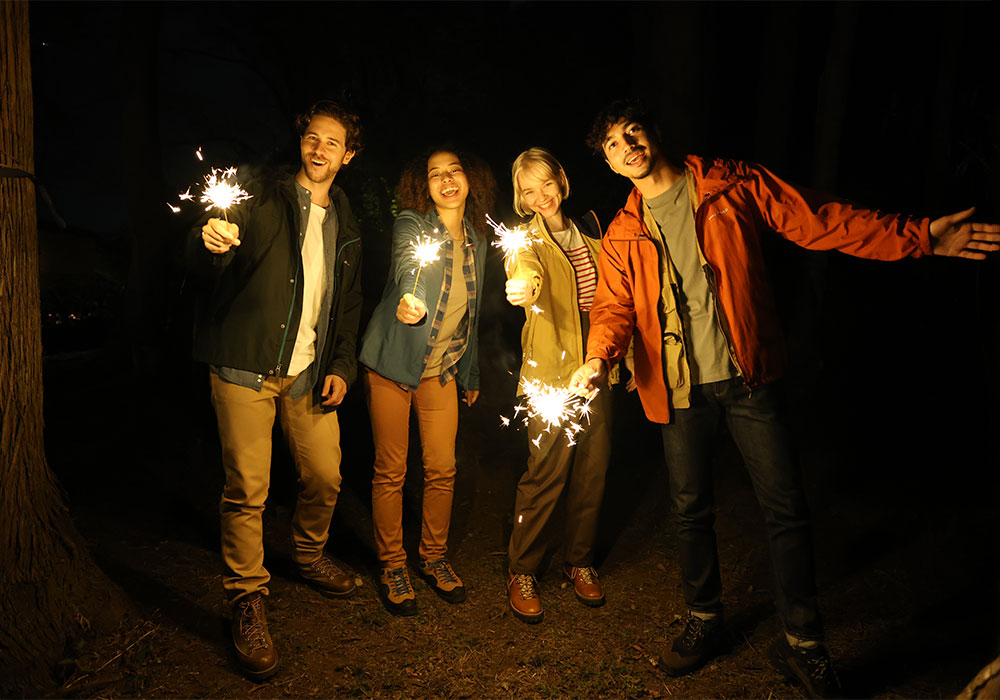- The Ultimate Canon EOS R8 vs EOS RP vs EOS R6 Mark II Comparison Guide
-

The EOS R8 puts the power of full frame mirrorless into a compact and lightweight EOS R series mirrorless camera. Open up the possibilities with superb creativity on-the-go, taking your photos and videos to the next level.
In this article, we outline the key features of the EOS R8, and the similarities and main differences from the EOS RP and EOS R6 Mark II.
With the growing range of EOS R series cameras, how can you tell which is the most suitable for you?
If you plan to use your camera on a more casual basis and don’t necessarily need the full techs and specs, then the EOS RP makes an affordable option. It’s a great way to make your first step into full frame mirrorless.
On the other hand, if you need a high-performance hybrid for photos and videos, then the EOS R6 Mark II makes an excellent camera. It enables various photographic expressions that could equally be used for recording personal life and professional production purposes.
As for the EOS R8, it combines the best of both worlds. It shares many of the specs similar to the EOS R6 Mark II, while being price-oriented closer to the EOS RP. If you’re wanting a high-performance camera that you can use in nimble and agile manner, then the EOS R8 is the camera for you.
See the detailed spec comparison table
The EOS R8 offers high image quality with the same 24.2MP CMOS sensor as the EOS R6 Mark II. It has incredible low-light performance with normal ISO of 102400 for stills – a huge leap from the EOS RP with normal ISO of 40000 for stills. If you’re after a camera that can support a wide range of situations from daytime to evening and from indoors to outdoors, then the EOS R8 makes a great option.

The EOS R8 shares EOS R6 Mark II’s claim to Canon’s fastest full frame mirrorless camera to date. Shoot decisive moments with high speed and no shutter noise with up to 40fps with the electronic shutter – compared to the EOS RP with 5fps. The EOS R8 is equipped with RAW burst mode 30fps and by turning on the pre-shooting function, can start shooting up to 0.5 second even before you have pressed the shutter button. Never miss a moment such as a change in facial expression, animal movement or aeroplane landing due to a time delay in shutter release.

Where the EOS R6 Mark Il is a step up, is its ability to shoot 12fps with electronic first curtain shutter compared to 6fps of the EOS R8. This means you can more accurately capture moving objects and reduce rolling shutter distortion.
The EOS R8 is equipped with the same high performance subject tracking as the EOS R6 Mark II being able to detect people, dogs, cats, birds, horses, motorsports cars, bikes, trains and aeroplanes. This covers an extensive list compared to the EOS RP which mainly tracks people and their face and eyes. Whether you’re shooting stills or video, the EOS R8 can detect and track a variety of subjects as they move through the frame freeing you to focus on the composition.
The EOS R8 allows you to capture up to 4K 60p (6K oversampling) video equivalent to the EOS R6 Mark II – compared to 4K 24p in the EOS RP. Record Full HD 180p – compared to the EOS RP which does not support high frame rate movie. With higher recording speeds, create a cinematic effect with slow-motion allowing you to playback 1/6 times the speed.

Where the EOS R6 Mark II is superior is that it is equipped with In-Body Image Stabilization (IBIS). The EOS R6 Mark II has up to 5.0 stops IBIS for shake-free photos and videos compared to the EOS R8 which has Movie Digital Image Stabilization.
Much like the EOS R6 Mark II, the EOS R8 has a pre-recording function that can capture a scene from 5 or 3 seconds before the user’s recording cue. This camera realises new shooting methods, such as recording a scene that comes unexpectedly or stopping recording while waiting for a change that occurs in the scene. This reduces production of unnecessary movie data, resulting in advantages such as saving data storage space and reducing your editing workload.
The EOS R8’s camera start-up time has been shorted to approximately 0.4 seconds, compared to the EOS RP which takes 0.82 seconds. This allows you to quickly respond the various shooting scenes. The Electronic Viewfinder (EVF) display refresh rate has also been improved to 120fps in smooth and 60fps in power saving, compared to the EOS RP with 60fps and 30fps respectively. By renewing the EVF display at a high rate, the camera can display the subject with smoother motion.
Next generation multi-function shoe: Features 21 pin multifunction shoe which provides cable-free connection to accessories like the Directional Stereo Microphone DM-E1D and Speedlite EL-5.
High frequency anti-flicker shooting: Suppress the impact of uneven exposure and flickering shooting under LED lights, for example, indoor sports stadiums.
HDR mode [Moving subjects]: Reproduce tone with a wide dynamic range even in situations with a large gap in brightness, for example, when a car body reflects the sun.
Digital tele-converter: Enjoy telephoto shooting without needing to change lenses. The camera digitally processes to increase shooting magnification by approximately 2x or 4x.
High-quality video streaming: USB Video Class and USB Audio Class (UVC/UAC) compatibility provides simple and high-quality video conference and livestreaming without needing convertors or additional drivers.
Wired and wireless connection: Seamlessly connect your smartphone via wireless or USB wired connection to share your favourite images and videos on social media platforms.
Easily switch between photo and video: Quickly switch between photo and movie modes with a new dedicated lever.
Hybrid Auto: Automatically create summaries of the day’s activities with short movie clips generated into a short digest movie.
| EOS R8 | EOS RP | EOS R6 Mark II | ||
| Megapixels | 24.2 | 26.2 | 24.2 | |
| Image Processor | DIGIC X | DIGIC 8 | DIGIC X | |
| ISO Speed | 100-102400 (Still) / 100-25600 (Movie) |
00-40000 (Still) / 100-25600 (Movie) |
100-102400 (Still) / 100-25600 (Movie) |
|
| Continuous Shooting Speed | Up to 40fps electronic shutter; Up to 6fps electronic 1st curtain |
Up to 5 fps | Up to 40fps electronic shutter; Up to 12fps mechanical shutter |
|
| Movie Recording Size | 4K 60p (6k oversampling) |
4K 24p | 4K 60p (6k oversampling) |
|
| High Frame Rate Movie | Full HD 180p | Full HD 180p | ||
| Image Stabilization | Movie Digital Image Stabilization |
In-Body Image Stabilization | ||
| Subject Detection | Body, Face, Eye, Animals (Dog, Cat, Birds, Horses); Vehicles (Motorsports cars, Motorcycles, Train, Aircraft) |
Eye Detection Autofocus | Body, Face, Eye, Animals (Dog, Cat, Birds, Horses); Vehicles (Motorsports cars, Motorcycles, Train, Aircraft) |
|
| Monitor | 3.0" 1.62 million dots |
3.0" 1.04 million dots |
3.0" 1.62 million dots |
|
| USB Wired Connection | Yes | Yes | ||
| Battery life | LP-E17 Power saving: Up to 370 shots Smooth: Up to 290 shots |
LP-E17 Power saving: Up to 250 shots Smooth: Up to 210 shots |
LP-E6NH Power saving: Up to 760 shots Smooth: Up to 580 shots |
|
| Dimensions | 132.5 x 86.1 x 70.0mm | 132.5 x 85.3 x 70.0mm | 138.4 x 98.4 x 88.4mm | |
Learn more about the EOS R8 here.

EF lenses vs RF lenses- We explore the top 5 reasons why Canon’s RF system of lenses offers superior quality compared to EF lenses. How to choose which is best for you.

Meet Scott Mason, photojournalist and ex Editor of 4x4 Australia. Read on to get a glimpse into his incredible career so far.

Talented Australian film director, Andrew Kaineder, is passionate about communicating authentic and honest storytelling through his work.